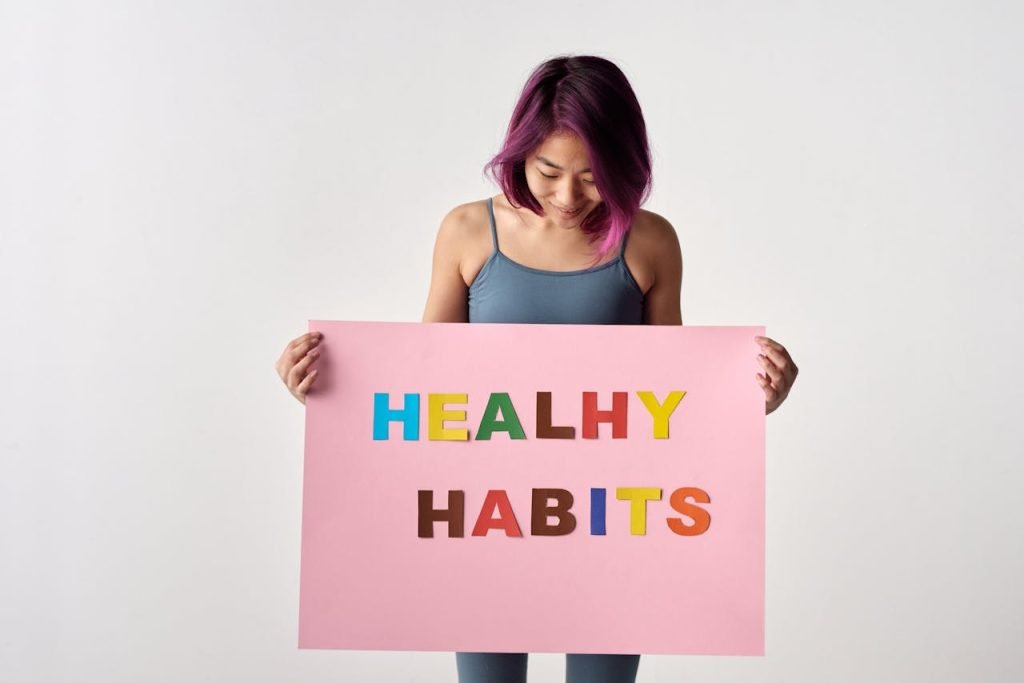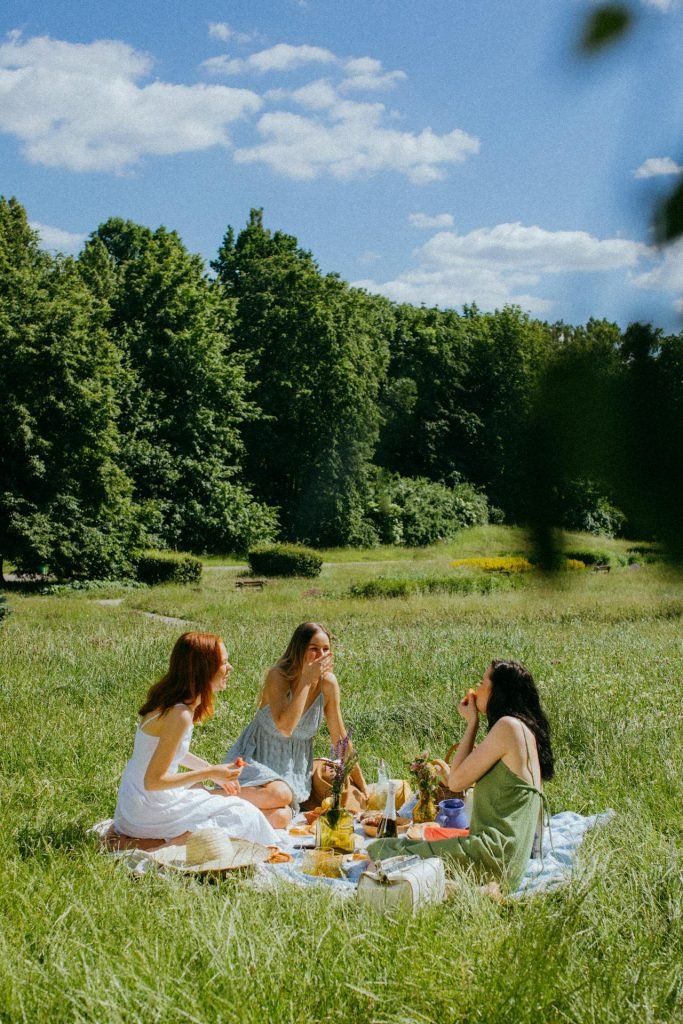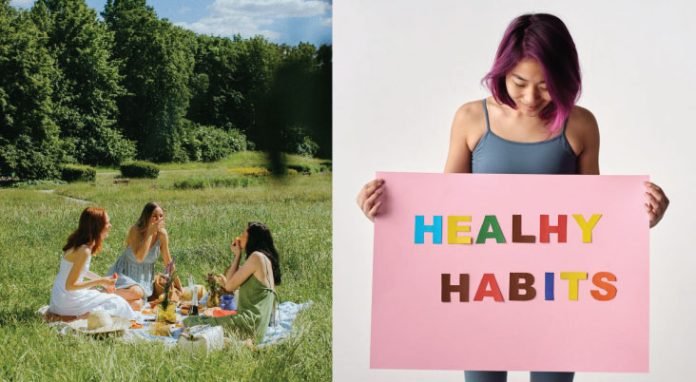Building better habits is like being an architect of your own life – but instead of constructing buildings, you’re designing the daily actions that shape your future. Imagine your habits as tiny seeds that, when planted consistently, grow into mighty trees of lasting change. The beauty lies not in dramatic transformations, but in the power of small, intentional choices made day after day.
Think of your brain as a pathway through a meadow. The first time you walk through tall grass, you barely leave a mark. But walk that same path repeatedly, and soon you’ll create a clear trail that becomes easier to follow each time. This is exactly how habits work in your brain – neural pathways become stronger and more automatic with repetition.

The secret to building lasting habits isn’t about mustering superhuman willpower or making grand declarations. Instead, it’s about understanding the subtle architecture of behavior change and working with your brain’s natural tendencies rather than against them. It’s like learning to sail – instead of fighting the wind, you learn to adjust your sails to harness its power.
What makes habits stick isn’t perfection – it’s strategic imperfection. Think about how water shapes rocks over time: it’s not the force of a single wave but the consistent, gentle lapping that creates lasting change. Similarly, missing one day of your habit isn’t failure; it’s part of the natural rhythm of growth. The goal isn’t to be perfect but to be resilient – to keep returning to your path even after temporary detours.
One of the most powerful yet overlooked aspects of habit formation is environment design. Your surroundings whisper constant invitations to act in certain ways. Want to read more? Leave books on your coffee table instead of the remote control. Are you trying to eat healthier? Make nutritious foods visible and accessible while tucking away tempting treats. These subtle adjustments create what behavioral scientists call “choice architecture” – making good habits the path of least resistance.
The most successful habit-builders understand that motivation isn’t something you wait for – it’s something you engineer. They know that action often comes before motivation, not the other way around. Starting small is crucial: instead of committing to an hour of exercise, commit to putting on your running shoes. Instead of promising to write a book, commit to opening your laptop and typing one sentence. These “minimum viable actions” bypass the brain’s resistance to change and create momentum that naturally leads to more.
Identity is the hidden force behind lasting habits. When you shift from thinking “I’m trying to exercise more” to “I’m becoming an active person,” you tap into a deeper level of change. Your actions are no longer just items on a to-do list; they’re expressions of who you’re becoming. This identity-based approach makes habits more resilient because they’re tied to your self-image rather than just external goals.
Tracking habits can be powerful, but there’s an art to it. Instead of focusing solely on streaks and numbers, pay attention to how your habits make you feel. Notice the subtle improvements in your energy, mood, and capabilities. These internal rewards are far more motivating than external validation. It’s like growing a garden – while it’s satisfying to measure the height of your plants, the real joy comes from witnessing their daily growth and vitality.

The social environment plays a crucial role in habit formation. Humans are tribal creatures, naturally influenced by those around us. Joining a community of people with similar goals creates a powerful support system and makes your desired habits feel more normal and achievable. It’s like joining a flock of birds flying in formation – the group’s momentum helps carry you forward.
Perhaps the most important aspect of habit-building is forgiveness and flexibility. Life isn’t linear, and neither is personal growth. Some days, your habits will flow effortlessly; other days, they’ll feel like pushing a boulder uphill. The key is to treat yourself with the same patience you’d offer a friend learning a new skill. Adapt your habits as needed, celebrate small wins, and remember that progress isn’t always visible at the moment.
Building better habits is ultimately about becoming the architect of your own evolution. It’s about understanding that every small choice is a brick in the foundation of your future self. The power lies not in dramatic changes but in the quiet consistency of daily decisions. When you align your actions with your aspirations and work with your brain’s natural tendencies, you create a sustainable path to lasting change.
Remember, the goal isn’t to transform your life overnight but to gradually sculpt better patterns that serve you well over time. Like a master craftsperson, you’re not just building habits – you’re creating a masterpiece of personal growth, one small choice at a time. The journey of habit formation is less about reaching a destination and more about becoming the kind of person who naturally embodies the changes you seek to make.



